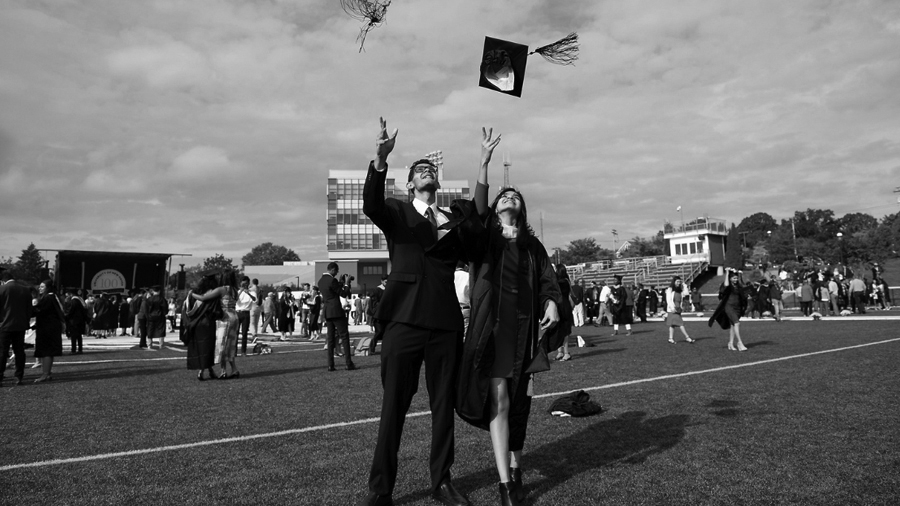It’s a bird; it’s a plane. It’s an unidentified flying object? Unidentified flying objects, most commonly known in popular culture as UFOs, refer to alien spacecraft. Throughout history, sightings of these objects have been reported in various parts of the world striking national panic, stories of abduction, and questions about life on other planets and whether or not extraterrestrials have visited Earth. The subject has become a popular one especially in various films and books. Popularity especially increased after World War II. So when was the first “official” UFO sighting, and who claims to have seen it?
The first UFO sighting occurred in 1947 by businessman Kenneth Arnold, who claimed to see a group of nine high-speed objects near Mount Rainier in Washington. Arnold was flying a small plane at the time. He estimated the speed of the objects at several thousand miles per hour. Describing these objects as crescent-shaped, Arnold said they “moved like saucers skipping on water.” However, the newspaper printing the story mistakenly stated that the objects were saucer-shaped. Hence, from that moment on, the term flying saucer became popular. In fact, following the first “sighting,” sightings of these objects increased.
In 1948, the United States Air Force began an investigation of these reports called Project Sign. The conclusion of those involved in the study claimed that the UFOs seen were most likely sophisticated Soviet aircraft. However, many researchers still believed in the possibilities that these sightings were indeed spacecraft from other worlds. Project Sign was later replaced by Project Grudge. In 1952, Project Grudge was also replaced by Project Blue Book, the longest lasting of the research involving UFOs. Headquartered at Wright-Patterson Air Force Base in Dayton, Ohio from 1952 to 1969, Project Blue Book compiled reports of more than 12,000 sightings or events, each of which was ultimately classified as either “identified”( with a known astronomical, atmospheric, or artificial (human-caused) phenomenon) or “unidentified.” The latter category, six percent of the total, included cases for which there were insufficient information to make an identification with a known phenomenon.
Despite the findings of the projects, Americans developed an obsession with UFS. This led the Central Intelligence Agency to prompt the U.S. government to establish an expert panel of scientists to further investigate the phenomena. The panel was headed by H.P. Robertson, a physicist at the California Institute of Technology in Pasadena, California, and included other physicists, an astronomer, and a rocket engineer. After days of speaking with workers on the other projects and observing the video and photographs at UFO sightings, the Panel released a set of conclusions. Their conclusions stated that 90 percent of the sightings could be easily attributed to astronomical and meteorological phenomena or to earthly objects as aircraft, balloons, birds, and searchlights. They added that there was no obvious security threat. However, parts of the panel’s report were kept classified until 1979, and this long period of secrecy helped fuel suspicions of a government cover-up.
So if all of these sightings and abductions could be explained as something other than what people believed them to be, what are some possible explanations for them? Researchers say that UFO reports have varied widely in reliability and depend on the number of witnesses, the conditions, and the direction of the sighting. Additional thoughts on the matter ask believers to understand that the eye can play tricks on the viewer. Bright lights can often seem to move and visual estimates of speed and distance are unreliable. As for abductions, many psychologists have investigated this phenomenon, and they have suggested that this could be a result of sleep paralysis.




